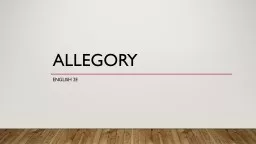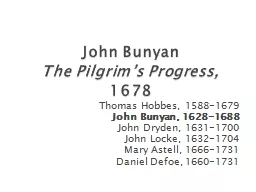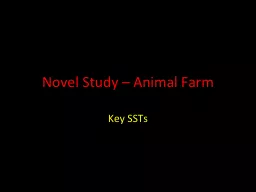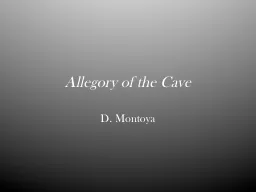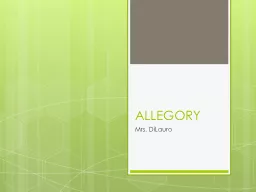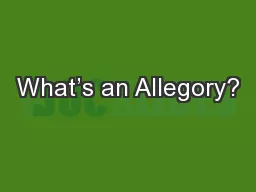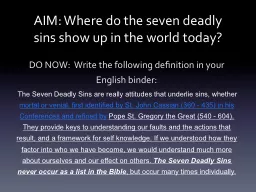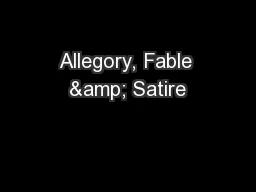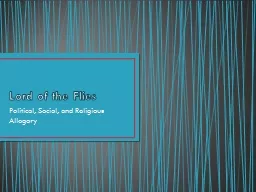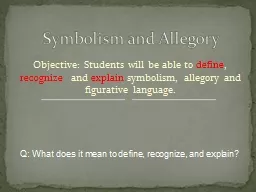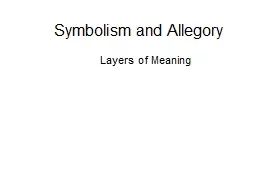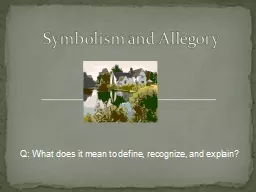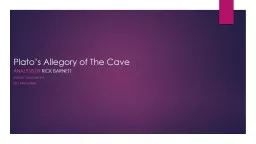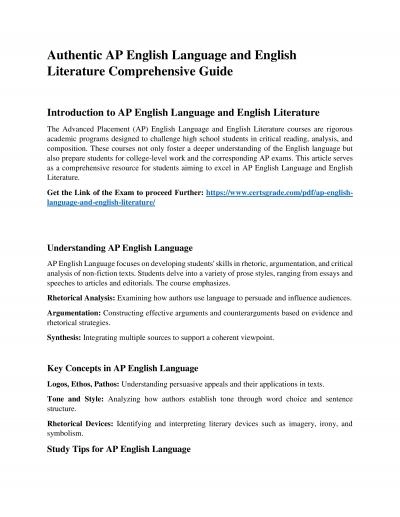PPT-Allegory English 2E What is an allegory?
Author : lois-ondreau | Published Date : 2018-11-05
a layered story poem or picture which can be interpreted on a literal level as well as a metaphorical level The allegorical interpretation typically reveals a moral
Presentation Embed Code
Download Presentation
Download Presentation The PPT/PDF document "Allegory English 2E What is an allegory?" is the property of its rightful owner. Permission is granted to download and print the materials on this website for personal, non-commercial use only, and to display it on your personal computer provided you do not modify the materials and that you retain all copyright notices contained in the materials. By downloading content from our website, you accept the terms of this agreement.
Allegory English 2E What is an allegory?: Transcript
Download Rules Of Document
"Allegory English 2E What is an allegory?"The content belongs to its owner. You may download and print it for personal use, without modification, and keep all copyright notices. By downloading, you agree to these terms.
Related Documents

